Rising Corporate Culture
The formal shoes market in North America is experiencing a notable shift due to the evolving corporate culture. As businesses increasingly adopt a more formal dress code, the demand for high-quality formal footwear is on the rise. This trend is particularly evident in sectors such as finance and law, where professional attire remains paramount. According to recent data, the corporate sector has seen a growth of approximately 15% in formal shoe purchases over the past year. This increase is driven by the need for employees to present a polished image, thereby enhancing the overall perception of the company. Consequently, brands that cater to this demand are likely to thrive in the formal shoes market, as they align their offerings with the expectations of modern workplaces.
Influence of Fashion Trends
Fashion trends play a crucial role in shaping consumer preferences within the formal shoes market in North America. The increasing influence of social media and celebrity endorsements has led to a heightened awareness of style and aesthetics among consumers. As a result, there is a growing inclination towards fashionable yet functional formal footwear. Recent surveys indicate that approximately 60% of consumers prioritize style when selecting formal shoes, suggesting that brands must innovate to stay relevant. This dynamic environment compels manufacturers to invest in design and marketing strategies that resonate with contemporary fashion sensibilities. Thus, the formal shoes market must adapt to these trends to capture the attention of style-conscious consumers.
Growing Online Retail Presence
The formal shoes market in North America is witnessing a surge in online retail presence, driven by changing consumer shopping habits. With the convenience of e-commerce, consumers are increasingly opting to purchase formal footwear online. Recent statistics reveal that online sales in the formal shoes market have grown by approximately 25% in the last year, indicating a shift in purchasing behavior. This trend is further supported by the rise of mobile shopping applications, which facilitate easy access to a wide range of products. Consequently, brands that invest in robust online platforms and digital marketing strategies are likely to gain a competitive edge in the formal shoes market, catering to the preferences of tech-savvy consumers.
Increased Focus on Health and Wellness
The formal shoes market in North America is also influenced by a growing focus on health and wellness among consumers. As individuals become more health-conscious, there is a rising demand for formal footwear that offers comfort and support. Brands that prioritize ergonomic designs and use high-quality materials are likely to attract consumers who seek both style and functionality. Recent studies suggest that approximately 40% of consumers are willing to pay a premium for formal shoes that promote foot health. This trend indicates a shift towards prioritizing well-being in fashion choices, compelling manufacturers in the formal shoes market to innovate and create products that align with these health-oriented preferences.
Technological Advancements in Manufacturing
Technological advancements are significantly impacting the formal shoes market in North America, particularly in manufacturing processes. Innovations such as 3D printing and automated production lines are enhancing efficiency and reducing costs. These technologies enable brands to produce high-quality formal shoes at a faster rate, meeting the increasing consumer demand. Furthermore, the integration of smart technologies into footwear design is gaining traction, with features such as moisture-wicking materials and ergonomic designs becoming more prevalent. As a result, the formal shoes market is likely to witness a transformation in product offerings, appealing to consumers who seek both comfort and functionality in their footwear.


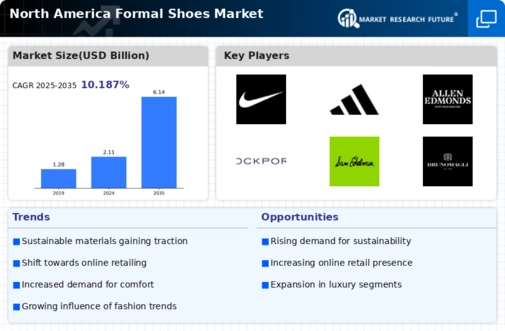
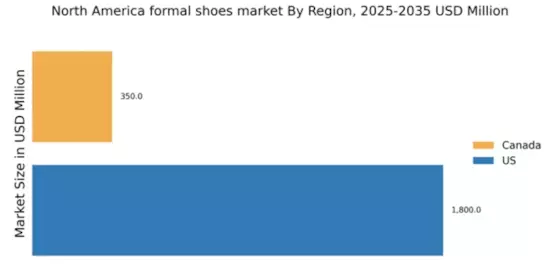
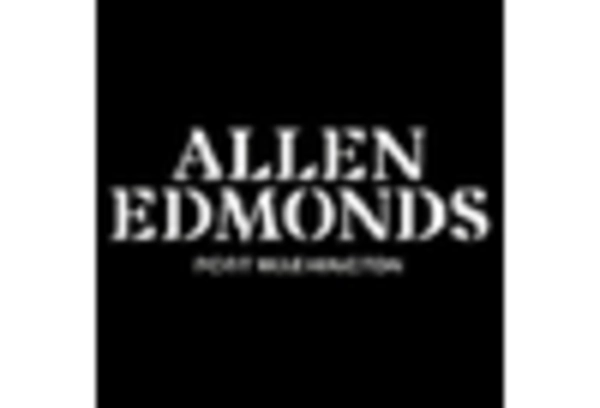
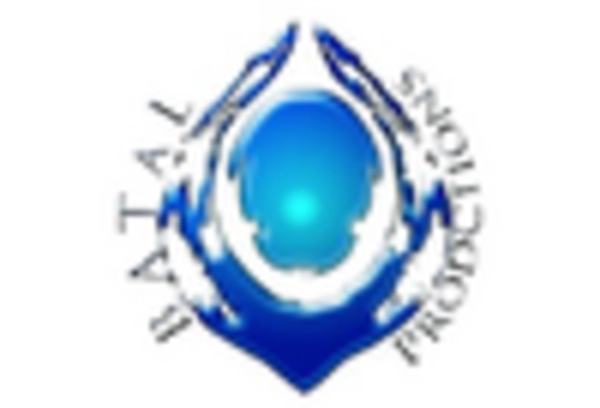

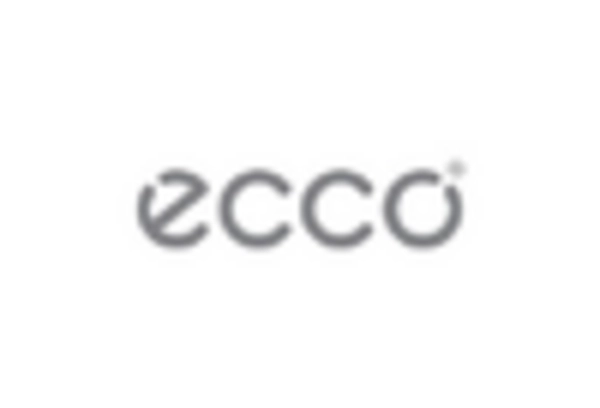
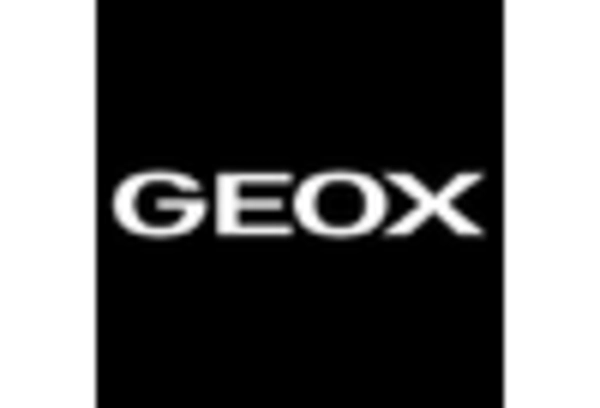
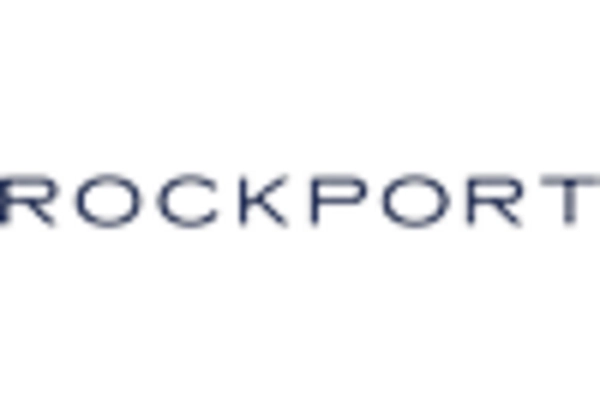








Leave a Comment